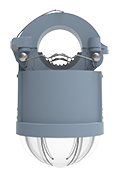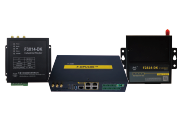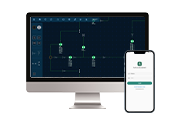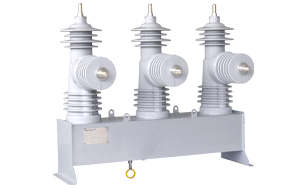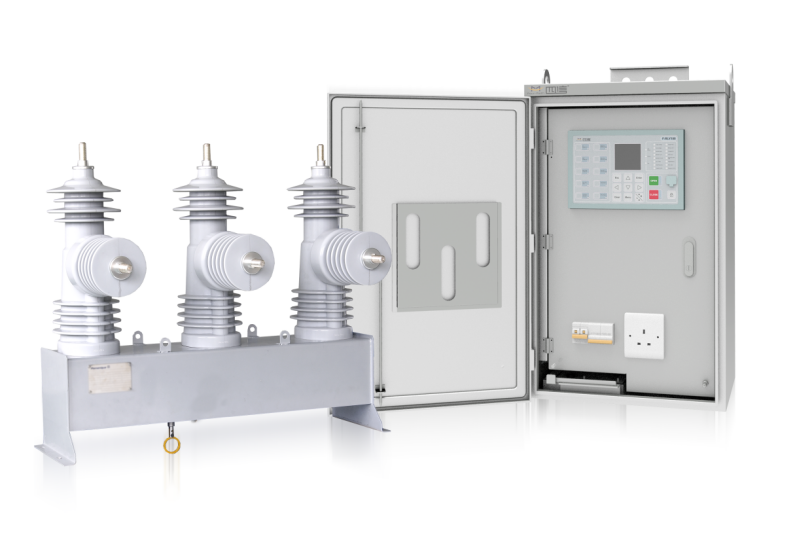News
What is the working principle of the feeder terminal unit?
Date:2025-11-13
The feeder terminal unit (FTU200) is a device used in power distribution systems to monitor and control the flow of electrical energy at the feeder level. It serves as an interface between the utility company's distribution grid and the individual feeders that supply power to various loads.
The working principle of a feeder terminal unit involves several key functions:
Measurement:
FTU200 measures various electrical parameters, such as voltage, current, power factor, and energy consumption etc. These measurements provide important data for monitoring and controlling the distribution system.
Communication:
FTU200 supports IEC101/104/DNP3.0/MODBUS/IEC 61850 protocols and communicates with the control center or a supervisory control and data acquisition (SCADA) system. It transmits the measured data and receives control commands, allowing remote monitoring and control of the feeder
Protection:
FTU200 incorporates protection relays(F-RLY200) to detect abnormal conditions, such as overcurrent, under/over-voltage, under/over frequency and fault conditions. When a fault is detected, FTU200 sends a signal to the control center, which can initiate appropriate actions, such as tripping circuit breakers to isolate the faulted section.
Data Logging and Analysis:
FTU200 typically includes data logging capabilities, such as fault record, electrical events, waveform record etc. This data can be used for analysis, system optimization, and troubleshooting purposes.
Overall, the feeder terminal unit plays a crucial role in the efficient and reliable operation of power distribution systems. By providing real-time monitoring, control, and protection capabilities, it helps utilities optimize power flow, enhance system reliability, and reduce outage durations.



